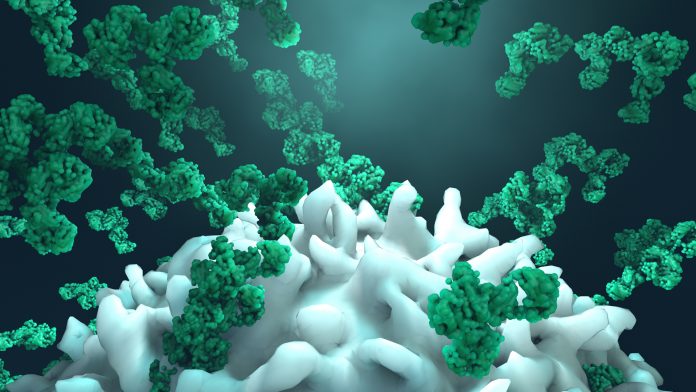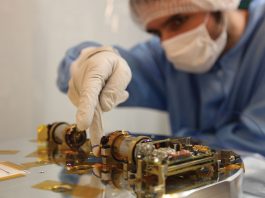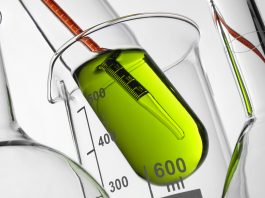A team of researchers led by Uppsala University, Sweden, have resurrected and reprogrammed an ancient enzyme that can be used to develop sustainable biotechnologies.
The team suggest that the billion-year-old enzyme can be reprogrammed to help scientists develop a variety of sustainable biotechnologies, such as bioreactors and toxin degrading mechanisms. “We use software to simulate billions of years of evolution, and we were actually able to develop an effective enzyme that can catalyse a completely new reaction. It’s incredibly exciting,” said Lynn Kamerlin, who is leading the research team at Uppsala University.
The power of enzymes
Most enzymes work as catalysts for specific chemical reactions, serving an important function in many biological processes. Within biotechnology, intensive studies are being conducted to develop new enzymes that can catalyse new reactions for green chemistry, sustainable catalysis, and the chemical breakdown of environmentally toxic substances.
Scientists from Uppsala University and Universidad de Granada, Spain, have resurrected ancestral enzymes in both the lab and in computer simulations. The team found that these primitive enzymes possess many desirable characteristics that can be used to develop sustainable biotechnologies.
The researchers successfully repurposed ancient antibiotic-degrading enzymes to catalyse a completely new non-natural reaction. However, despite the repurposed enzymes speeding up the reaction significantly, it was much slower than most naturally occurring enzymes.
Computer-aided biotechnology
In order to improve upon enzyme efficiency, researchers used powerful computers to calculate how the enzyme can be changed to produce the best result. Using a new method, named FuncLib, the research team used a combination of evolutionary information and calculations of protein stability, to successfully predict more efficient enzyme variants.
Using FuncLib, the team studied 3,000 new enzyme variants and selected 20 of the most promising variants to be used in further lab studies. Researchers discovered that four of these enzymes were much faster than the original enzyme. The best was as effective as the average modern, naturally occurring enzymes.
“Our study shows that it is possible to design new, effective enzymes for a more sustainable future,” says Lynn Kamerlin.









